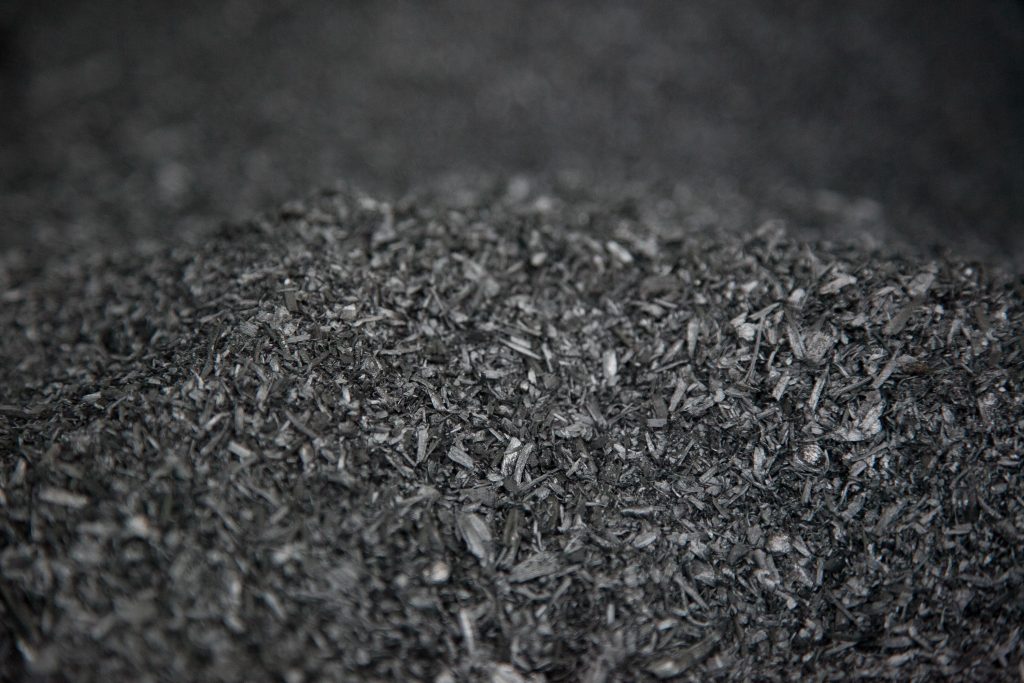
In 2011 Biofuelwatch published Biochar: A Critical Review of Science and Policy. In that report we highlighted the uncertainties about biochar including the large land area that would be required to supply biomass for a global scale impact, the contradictory results to date with respect to any long-term carbon sequestration potential (thousands of years as claimed by many proponents who blithely extrapolated from ancient Terra Preta). We highlighted the lack of field studies under natural conditions as opposed to lab incubation studies which do not necessarily translate to natural conditions.
Given recent attention to biochar, for example in the context of the IPCC land sector mitigation report, we decided it would be important to update our understanding. We therefore recently reviewed literature published since publication of our report. What we have concluded from that review is that 1) there has been a massive proliferation of studies of biochar over the past several years reflecting a greatly expanded interest and an influx of funding to soil science researchers. 2) There has been a widening of the scope of proclaimed “uses” for biochar – no longer just for carbon sequestration, but now for many other applications including increasing water retention in soils, improving nutrient uptake in agriculture, reducing fertilizer use and reducing emissions from fertilizer applications, use as feed for cattle to reduce methane emissions, and more. One gets the impression that (for some inexplicable reason) there is great interest in finding something useful to do with biochar.
As was the case when we published our report, review of the subsequent published literature reveals that results from studies are extremely variable – fair to say all over the map. Many studies are very specific to a certain soil type, a particular condition or crop, under variously specific controlled conditions, and usually over very short time periods.
One can only conclude from this high variability that we are still very far from having a reliable understanding of biochar’s impacts – both the impacts on soils and plant growth resulting from application of biochar, and impacts from land use change to supply biomass for the production of biochar.
The representation of biochar as a “workable” approach to land sector mitigation by scientific bodies such as the IPCC, given such a lack of consistent reliable research results is highly premature and unfortunate.
You can read the full briefing here.
